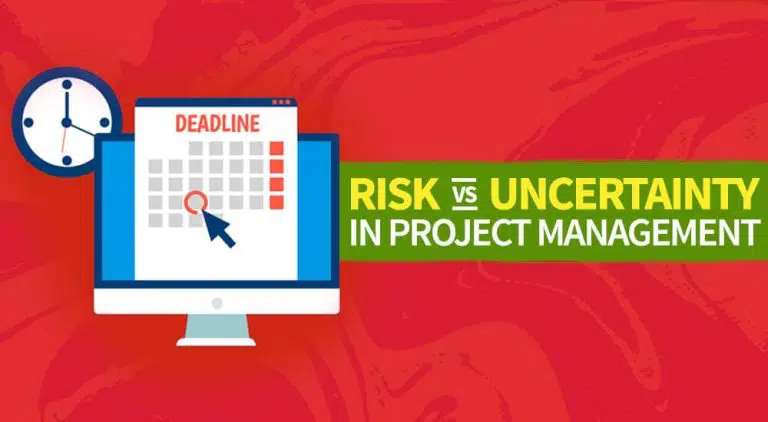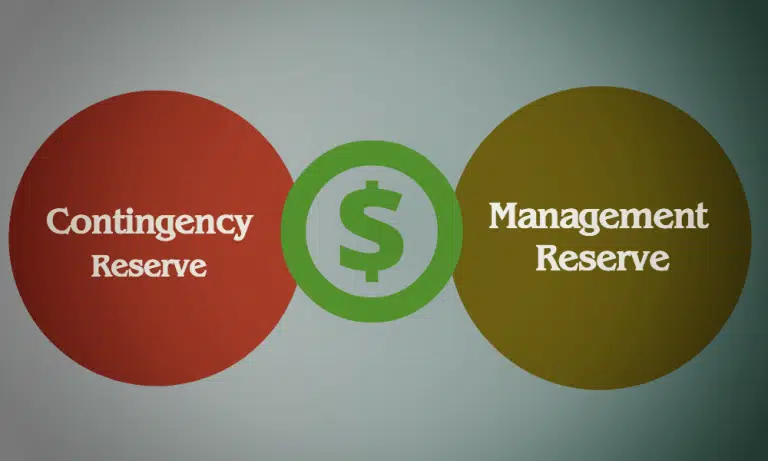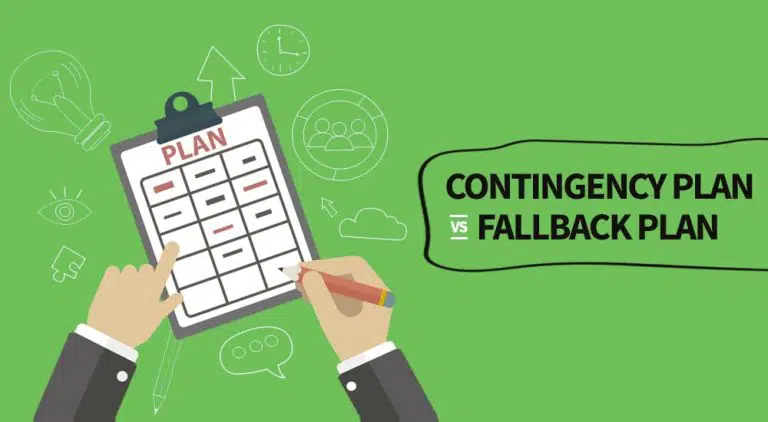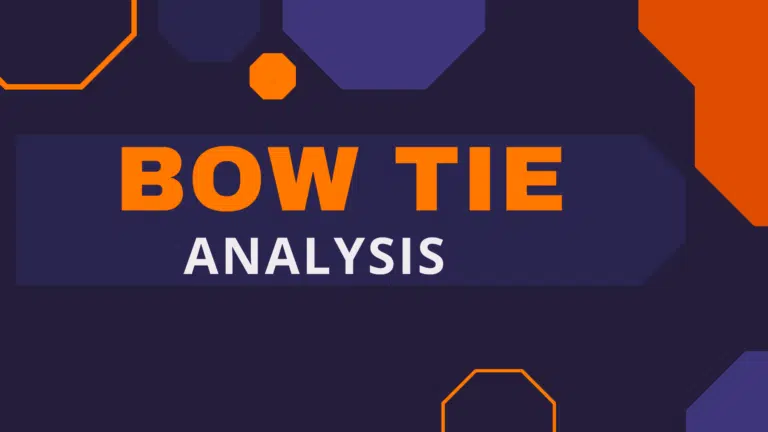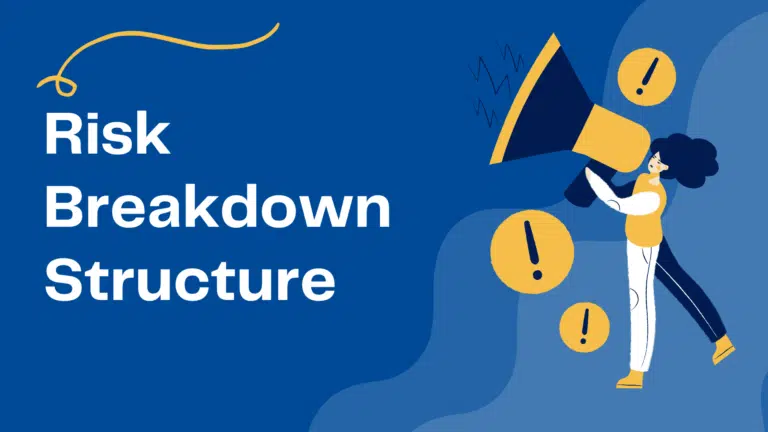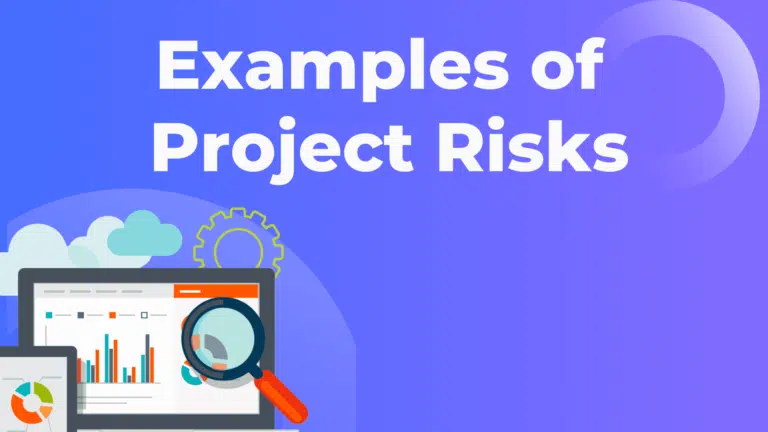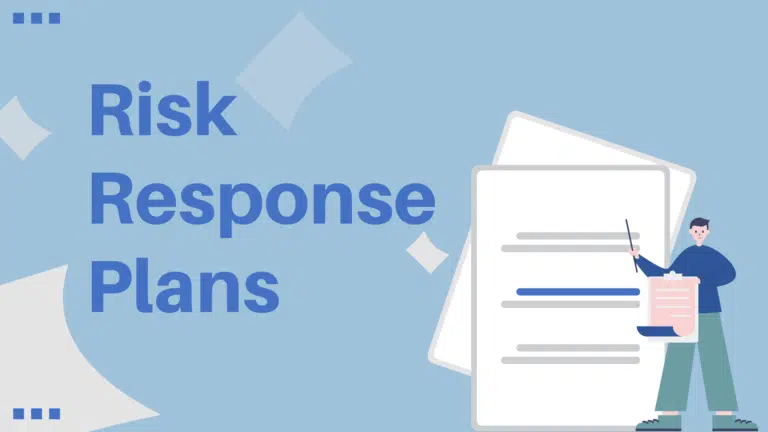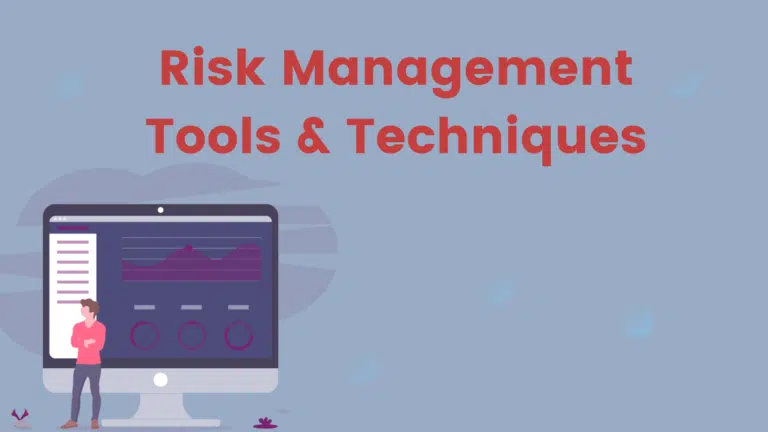Should I Go for the PMI-RMP Certification Exam?
After passing the PMP exam, a thought may come to mind. Should you go for the PMI-RMP certification? And does it have any value?
Often I receive this query from professionals who have recently passed PMPs. This is a natural question because the PMI-RMP is the next sought after certification from the PMI; they want to achieve it.
There may be another reason.
You have been preparing for the PMP exam. You pass it, the pressure is released, and you are not comfortable with it. Passing the PMP exam was a project for you. Now you are free and looking for another project, so you are thinking about applying for the PMI-RMP exam.


